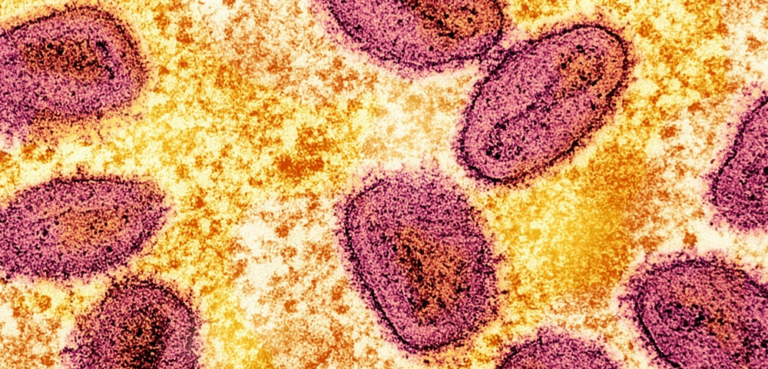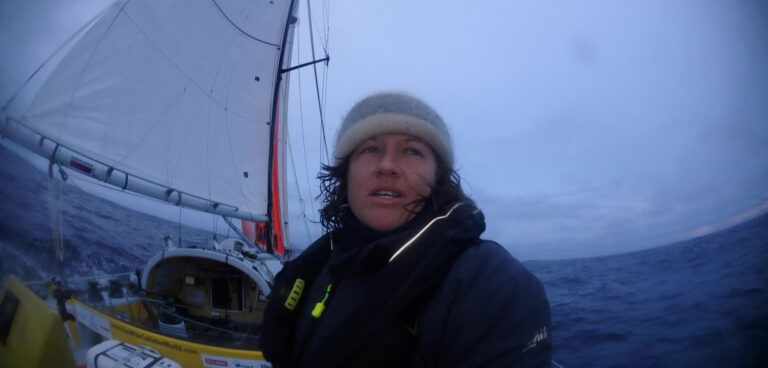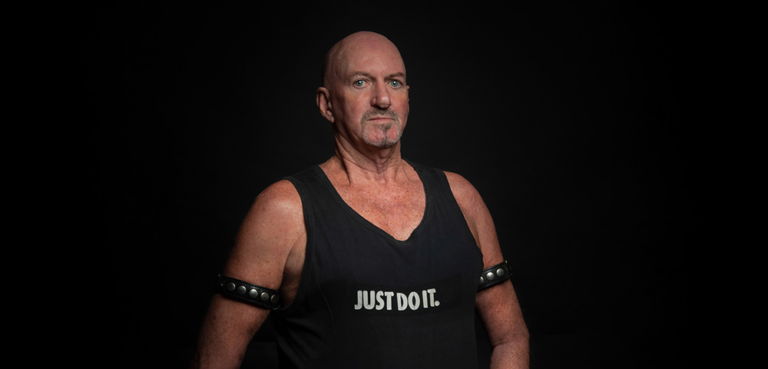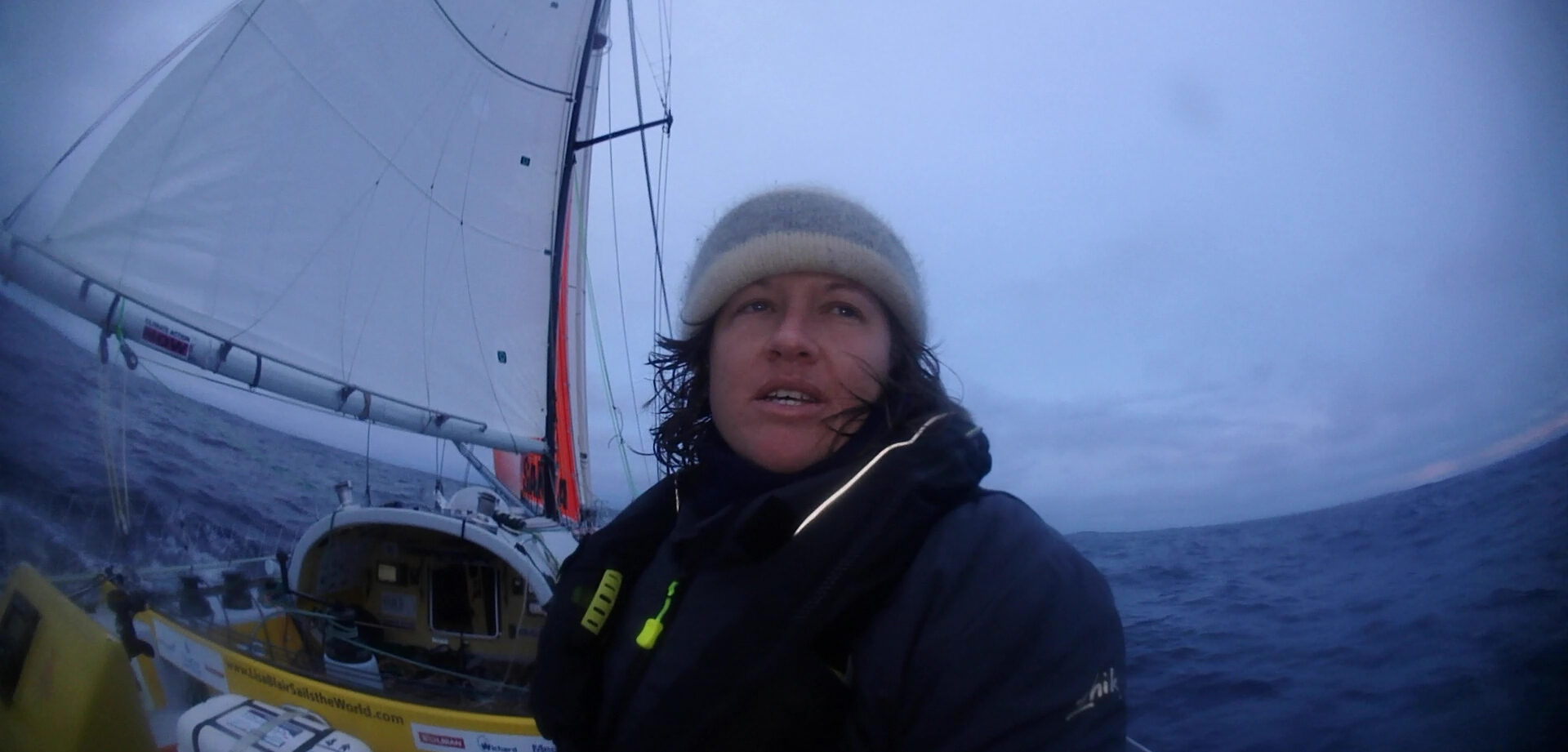
I Saw The TV Glow — REVIEW
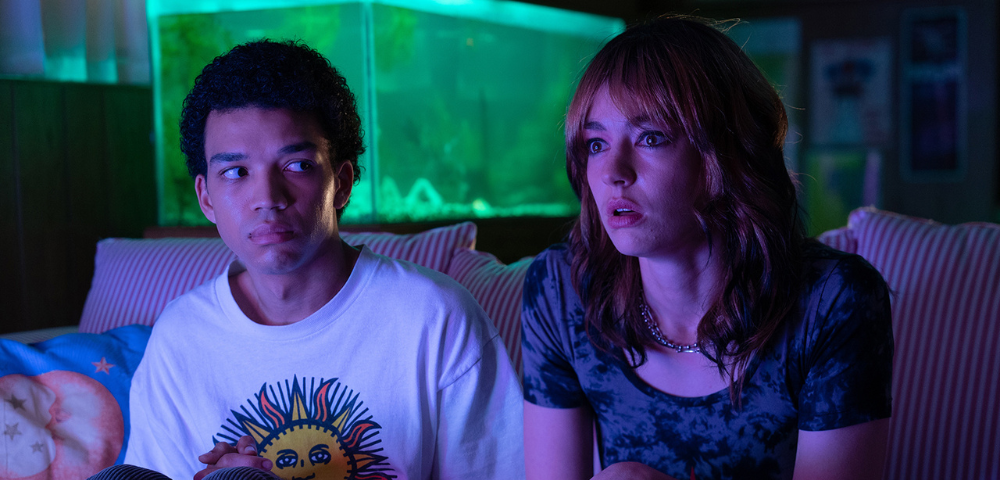
This post also appeared on Star Observer.
Jane Schoenbrun’s I Saw The TV Glow is a visually arresting piece of moody, psychological horror that navigates the intersection between queerness and fandom with remarkable effectiveness, exploring how TV shows can reflect back on their audiences and transcend the bounds of mere entertainment.
Owen (Justice Smith) and Maddy (Brigette Lundy-Paine) are social outcasts who find solace in The Pink Opaque, a Buffy-like TV series that oddly reflects their own realities. Maddy soon runs away and the show is cancelled; as the lines between reality and fiction begin to blur thereafter, the two are left to find meaning without the shining light of the television set throughout the years.
It’s the second feature from Schoenbrun, who expands here on a number of ideas presented in their previous film We’re All Going To The World’s Fair. Both are about queer isolation, and trying to find meaning and community through the power of a screen.
In I Saw The TV Glow, the queer identities of the characters are linked to their appreciation for The Pink Opaque and their perceived similarity to its characters. The film is an openly trans story – Owen talks of feeling like there’s a part of him that’s buried deep, unable to be drawn out except when watching the show.
Meanwhile, Maddy is openly queer when the movie begins, and invites Owen into this world that’s not typically available to him. The show is fantastical and exciting (plus, shot with a real reverence for the look and feel of late 90s/early 00s television), and an essential means of escape from suburban suffocation for Owen and Maddy.
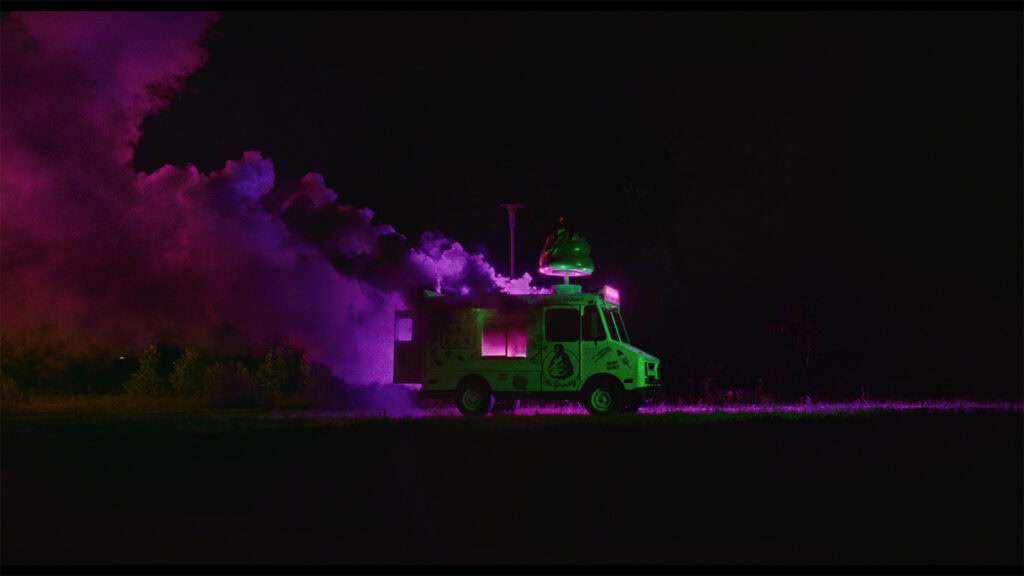
I Saw The TV Glow is an openly trans story
As such, when Maddy says that she and Owen are meant to be living different lives at several points throughout the film, it comes both from an increasingly desperate need to escape reality and to be her true self elsewhere; the world of The Pink Opaque. Lundy-Paine portrays this with real skill.
Yet Owen never fully sinks into the show like Maddy does. Justice Smith’s timid, anxious performance is brilliantly utilised in some of the film’s best moments. There’s always a sense he’s missing something from his life, and his attempts at discovering his own identity are tragically suppressed by life’s monotony and expectations.
It never feels like he becomes who he’s meant to be, even when given the opportunity by Maddy; it’s a brilliant and heartbreaking tale all the same.
I Saw The TV Glow refuses to operate on a strictly literal level, with colourfully surreal visuals that match this storytelling style. Clear influences from other auteurs like David Lynch are worn on the film’s sleeve.
Additionally, Schoenbrun proves once more that they’re an expert at creating a potent mood. The film’s vibe is consistently uneasy, but its lush visuals, haunting OST and featured songs from artists like Caroline Polachek and Phoebe Bridgers are instrumental to its simultaneously haunting and irresistible character.
However, the film certainly won’t be for everyone; anyone expecting a straight horror film will likely be disappointed. Nonetheless, I found I Saw The TV Glow to be a spell-binding, tragic take on psychological horror with a sincerely original queer perspective.
★★★★½
Playing at the Sydney Film Festival.
Releases in Australian cinemas later in 2024.
